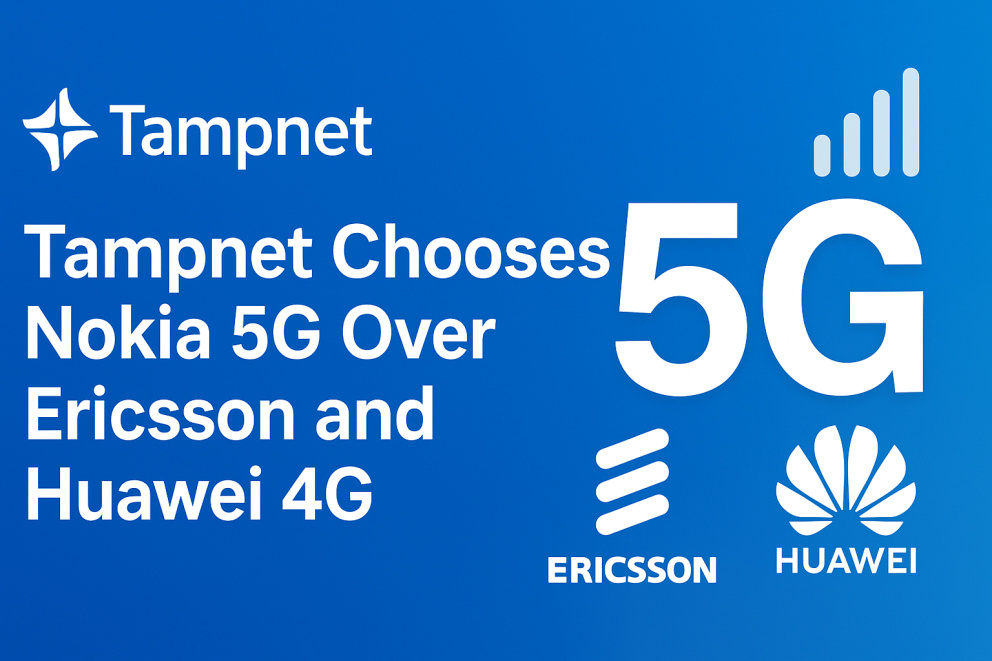Tampnet Chooses Nokia 5G Over Ericsson and Huawei for Offshore Connectivity
In a significant move for the offshore energy and maritime
industries, Tampnet, the leading provider of offshore high-capacity
communication networks, has selected Nokia to deploy its 5G
standalone (SA) network over competing solutions from Ericsson
and Huawei. This decision marks a strategic shift toward next-generation
connectivity, enabling faster, more reliable, and secure communications for
offshore operations.
Why Nokia
5G?
Tampnet’s choice of Nokia over Ericsson and Huawei’s 4G
alternatives highlights the growing demand for high-speed, low-latency
5G networks in challenging offshore environments. Key reasons behind
this decision include:
1.
Future-Proofing with 5G Standalone (SA)
While Ericsson and Huawei offered robust 4G LTE
solutions, Nokia’s 5G SA technology provides:
- Ultra-low
latency for real-time remote operations.
- Higher
bandwidth to support IoT, automation, and AI-driven analytics.
- Network
slicing for customized connectivity needs in oil rigs, wind
farms, and shipping.
2.
Enhanced Security and Reliability
With increasing cybersecurity threats in critical
infrastructure, Nokia’s end-to-end security solutions and
compliance with global standards made it a preferred choice
over Huawei, which has faced geopolitical scrutiny in some markets.
3.
Scalability for Offshore and Maritime Needs
Nokia’s 5G infrastructure is designed to support remote
and harsh environments, making it ideal for offshore platforms, vessels,
and wind farms. The ability to scale with private 5G networks ensures
seamless connectivity as Tampnet expands its coverage.
What This
Means for the Industry
Tampnet’s adoption of Nokia 5G sets a new
benchmark for offshore communications:
- Oil
& Gas: Real-time monitoring, drone inspections, and remote
maintenance.
- Wind
Energy: Improved connectivity for offshore wind farms.
- Maritime: Enhanced
navigation, crew welfare, and autonomous shipping potential.
By bypassing 4G solutions from Ericsson and Huawei,
Tampnet is positioning itself as a leader in next-gen offshore
connectivity, driving digital transformation in sectors that have
traditionally relied on slower, less flexible networks.
Conclusion
The partnership between Tampnet and Nokia underscores
the critical role of 5G in industrial and maritime applications. As
industries move toward automation and remote operations, high-performance,
secure, and scalable networks will be essential—and Nokia’s 5G
technology appears to be the right fit for Tampnet’s ambitious vision.









